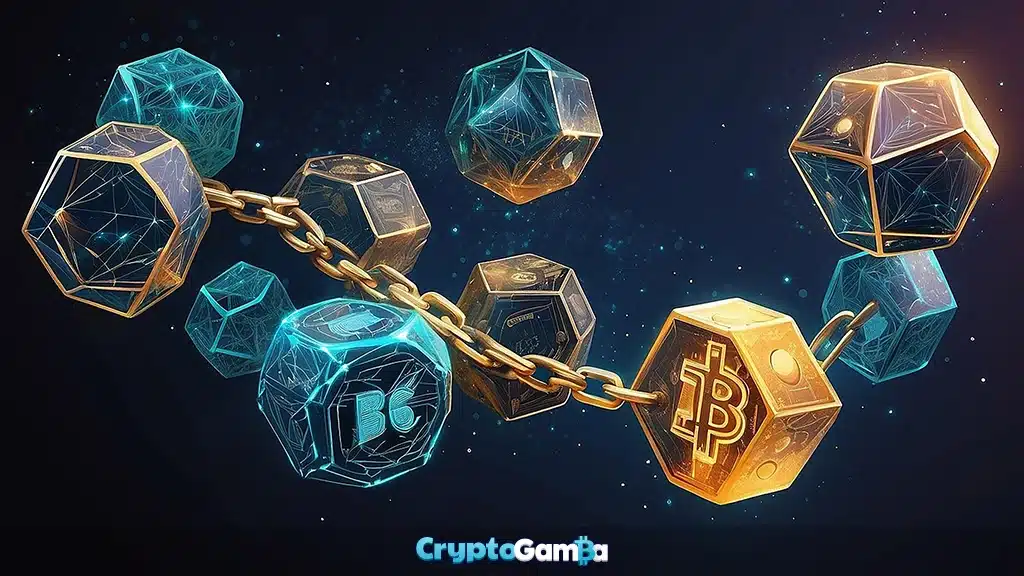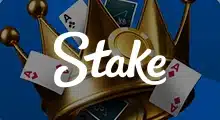Understanding Blockchain Technology: How Does it Affect Online Gambling?
The rise of blockchain technology has significantly impacted the entire online gambling industry. By changing the way digital transactions were carried out, it revolutionised the ever-developing landscape.
Only a few years ago, this technology was a novelty, reserved only for tech-savvy users. Today, we can explore a digital world of secure and transparent transactions that offer the highest level of protection.
If this is the first time you’re dealing with blockchain technology, or you already know a thing or two about it, this article offers plenty of helpful information. We’ll cover the basics, dive deep into the mechanisms behind blockchain technology and discuss its overall impact on online gambling.
What Is Blockchain Technology?
At the start of our journey, it’s time to cover the basics and learn what blockchain technology actually is. To get a clearer picture, imagine a chain of blocks. Each block includes a list of transactions, and every time it’s filled with transactions, it will be added to the chain. The entire process is done in chronological order.
If you fancy a more technical explanation, we’ve got one for you. Blockchain technology represents a decentralised ledger where transactions are recorded. The process provides transparency and security for the information involved in transactions.
It’s the perfect moment to discuss the key features of this technology:
- Decentralisation. Blockchain doesn’t use a traditional system for data management. With those systems, you have a central authority that controls all data. On the other hand, blockchain uses multiple computers, meaning there’s no component that could compromise the security or functionality of the entire network.
- Transparency. Since all data is kept in a public ledger, it’s accessible to anyone. In practice, it means you can check the transactions whenever you want.
- Security. Cryptographic techniques ensure the highest level of data security, making it nearly impossible to hack or tamper with the system.
Breaking Down Blockchain Technology
The best way to fully understand blockchain technology is to thoroughly explore each of its components.
Blocks
As we mentioned earlier, each block contains a list of transactions, a timestamp and a cryptographic hash from the previous block. Data contained within the same block is encrypted to form a chain.
Nodes
When discussing decentralisation as one of the key features of blockchain technology, we mentioned it uses multiple computers to store data. These computers, which are part of the entire network, are known as nodes. Each node holds a copy of the blockchain, ensuring consensus across the network.
Cryptographic Hash
The cryptographic hash has an important role: to convert data into a fixed-sized string of characters. Since each block contains the cryptographic hash from the previous block, you don’t have to worry about data integrity.
Consensus
We’ll need to use some technical terms to explain this blockchain component. There are two vital parts here, Proof of Stake and Proof of Work, and their goal is to make sure that all nodes confirm the blockchain state. Proof of Stake relies on maths to validate transactions, while Proof of Work conducts validation. That’s done through validators, which hold a certain amount of digital currency to carry out the process.
How Blockchain Works?
Blockchain technology may seem complex at first, but understanding the processes behind it is pretty simple. We’ll analyse it step by step so you get the complete picture of how it works.
Initiating the Transaction, Consensus and Validation
Recording data or transferring digital currency initiates the transaction. At this moment, computers in the network, also known as nodes, spring into action. They have to validate a transaction, and they rely on consensus to get the job done. As we explained, this is the part where Proof of Stake and Proof of Work enter the scene. Once a transaction is validated, it’s deemed legitimate and added to the new block.
Creating Blocks
Validated transactions are gathered with other transactions to form a block. It contains a cryptographic hash, the information related to the transactions, as well as the hash from the previous block.
Forming a Chain
The chain is created by adding new blocks to it. If one of the chains is changed, the subsequent ones will be altered as well, making tampering nearly impossible.
Decentralised Ledger
Each node contains a copy of the blockchain. The role of the decentralised ledger is to confirm that no third party is involved in the blockchain. This further builds trust.
Benefits of Blockchain Technology
When it comes to online gambling, the first to take advantage of blockchain technology are the players. They can benefit from enhanced security, transparency, and game fairness. Provably fair games and transparent payouts are the primary benefits of this technology.
Crypto casinos have their own perks, like lower costs for payment processing. Not to mention a more secure environment delivered by blockchain.
Regulators also benefit from blockchain technology, which allows easier oversight. This includes monitoring complaints and preventing fraudulent activities, thanks to unchangeable transaction records.
The Role of Blockchain in Online Gambling
The introduction of blockchain had a significant impact on the online gambling industry. Although the technology is still evolving, thanks to its tremendous potential, it has managed to set a new standard.
Blockchain promotes innovation, creates trust, ensures fairness, facilitates lightning-fast transactions, and reduces costs. As a result, gambling platforms become more reliable and safer.
Here’s how blockchain impacts the online gambling industry:
- Enhanced security. Traditional online casinos are more susceptible to hacking, scams, and fraud in general. On the other hand, decentralised gambling platforms benefit from blockchain’s security, which ensures that nothing and no one tempers with transactions.
- Game fairness. You can verify the fairness of your games through the blockchain public ledger, ensuring that outcomes are 100% fair.
- Transaction speed. Blockchain technology removes all delays in transactions, and players can enjoy nearly instant processing of their payments and withdrawals.
- Reduced costs. The use of blockchain means lower transaction fees, which is beneficial to both players and operators.
- Transparency. All transactions are completely transparent, as they’re recorded on the blockchain. It lets you keep track of all your payments, bets, and withdrawals.
- Reliability. All of these factors add to the overall reliability of a gambling platform.
Blockchain continues to impact the world of online gambling. It offers so much, with improved security being among its most important features. Understanding this technology and how it works can help you make the most of it. In addition to knowing the processes and mechanisms behind it, you’ll be able to enjoy a more secure experience.

Marija Misita
Crypto Expert
Thanks to her journalism background, Marija has a methodical approach to writing about crypto casinos. With years of experience in research and analysis, she aims to provide clear insights into the world of crypto and online gaming and the points where they intersect. Whether discussing industry trends, regulatory changes or game mechanics, accuracy is her top priority.




